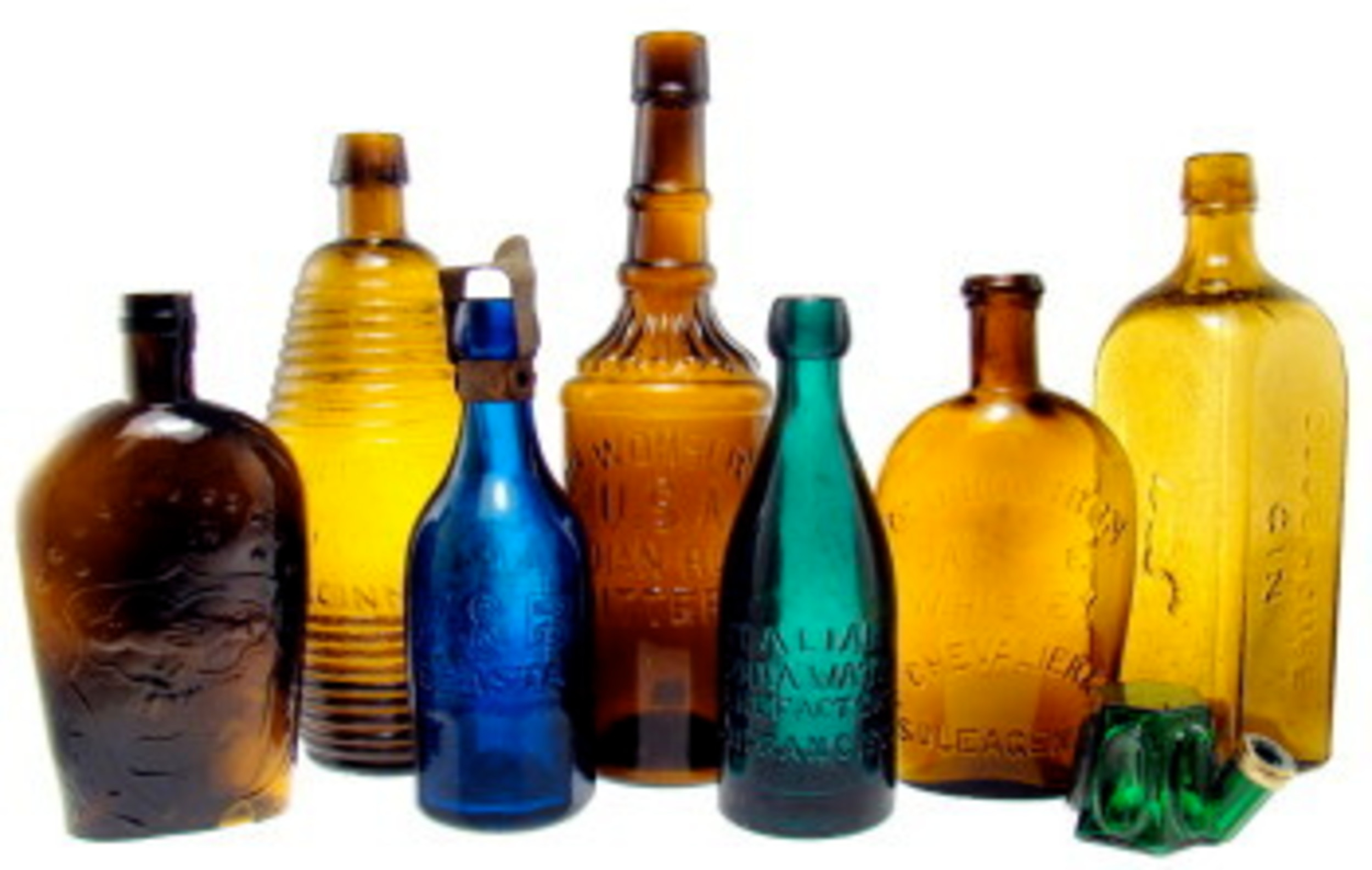Are your antique bottles worth anything?
I have had several inquiries regarding bottles lately. One bottle was found at the bottom of the Barrington River and had quite a bit of wear (cloudy) but without cracks or chips. This bottle, while interesting, was rather common and did not have …
This item is available in full to subscribers.
Please log in to continue |
Register to post eventsIf you'd like to post an event to our calendar, you can create a free account by clicking here. Note that free accounts do not have access to our subscriber-only content. |
Day pass subscribers
Are you a day pass subscriber who needs to log in? Click here to continue.
Are your antique bottles worth anything?
I have had several inquiries regarding bottles lately. One bottle was found at the bottom of the Barrington River and had quite a bit of wear (cloudy) but without cracks or chips. This bottle, while interesting, was rather common and did not have the characteristics that would be attractive to a collector.
While the bottle found at the bottom of the river did not have any cracks or chips, it could never be considered “mint” condition due to all of that exposure to saltwater and tumbling from the tides. “Tumbled” glass bottles are not desirable to a collector.
Certain conditions are desirable, however, such as bubbles in the glass. Bubbles in the glass were common in bottles made before 1920, when they were free blown. There should also be a “molten scar” instead of being smooth. In addition, rarity, age, historical significance, the type of lip on the bottle and color also contribute to a bottle’s value.
The early bottles had uneven lips and were rather crude. Due to the bottles being free blown, the lips would end up somewhat uneven and were made to accommodate a cork. As time went by, the lip of the bottle became more defined, eventually leading to the screw cap. The overall shape of bottles also became mostly cylindrical in shape, better designed for mass production.
Embossed bottles were made from using a “slug plate” pressed into the glass. This allowed for endless amount of decoration as well as identifying the contents and manufacturer. Labels did not become popular until the early 1930s.
I mentioned color as being very important. The most valuable colors are yellow-green, cobalt, yellow, purple and “puce.” Puce is a color that ranges from light grayish-purple to a purple-brown color. Clear and aqua colored bottles are the least valuable. This is not a hard and fast rule, as rarity and historical significance come into play.
Collecting antique bottles is still very popular and prices can be as low as a couple dollars to as high as hundreds of dollars. To learn more about antique bottles, here are two very helpful websites: www.antiquebottles.com and www.antique-bottles.net. They have great information for identifying bottles, a glossary of terms and tips on how to clean them.
On a local note, there is the Little Rhody Bottle Club (www.littlerhodybottleclub.org). The website provides a lot of information on antique bottles and most interesting are those from Rhode Island and their historical significance. It’s amazing how many different bottles have come out of our little state.
Karen Waterman is an antique furniture and decorative arts appraiser in the East Bay area and will answer as many questions about your own “hidden treasures” as possible. By sending a letter or e-mail with a question, you give full permission for use in the column. Names, addresses or e-mail will not be published and photos will be returned if requested. Send e-mails (digital photos are encouraged) to trashortreasure@ymail.com. Send snail mail to East Bay Newspapers, Att. Karen Waterman, P.O. Box 90, Bristol, RI 02809.









